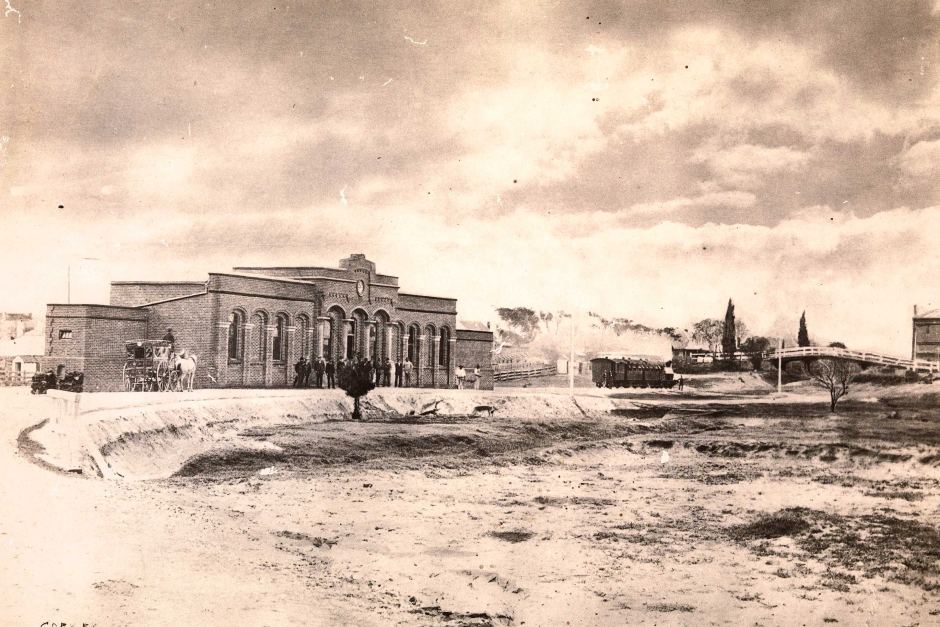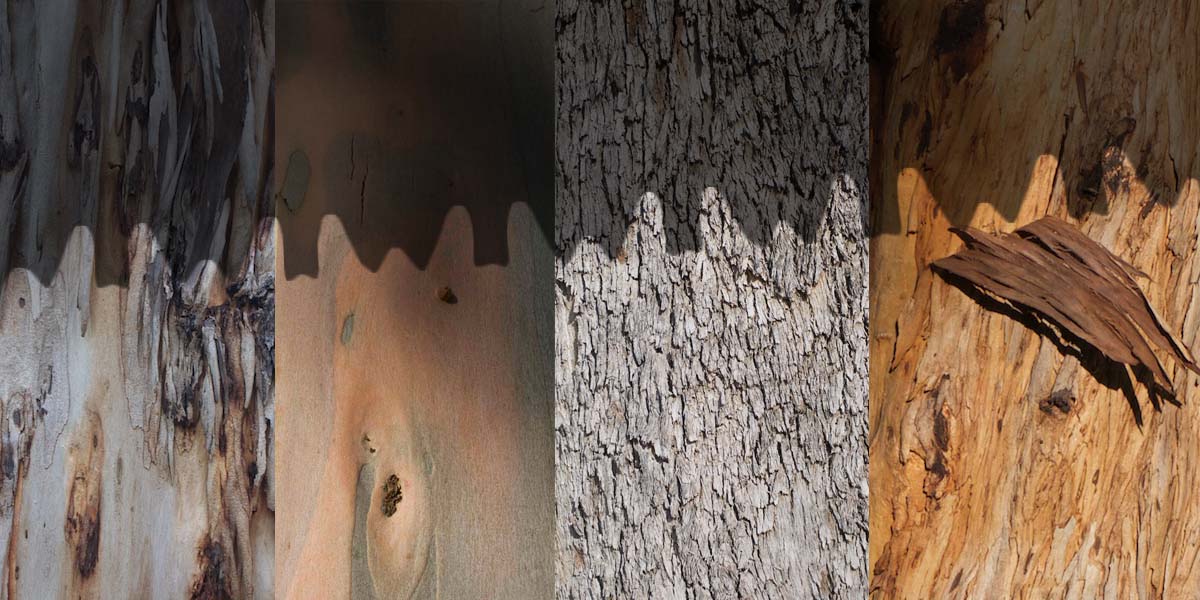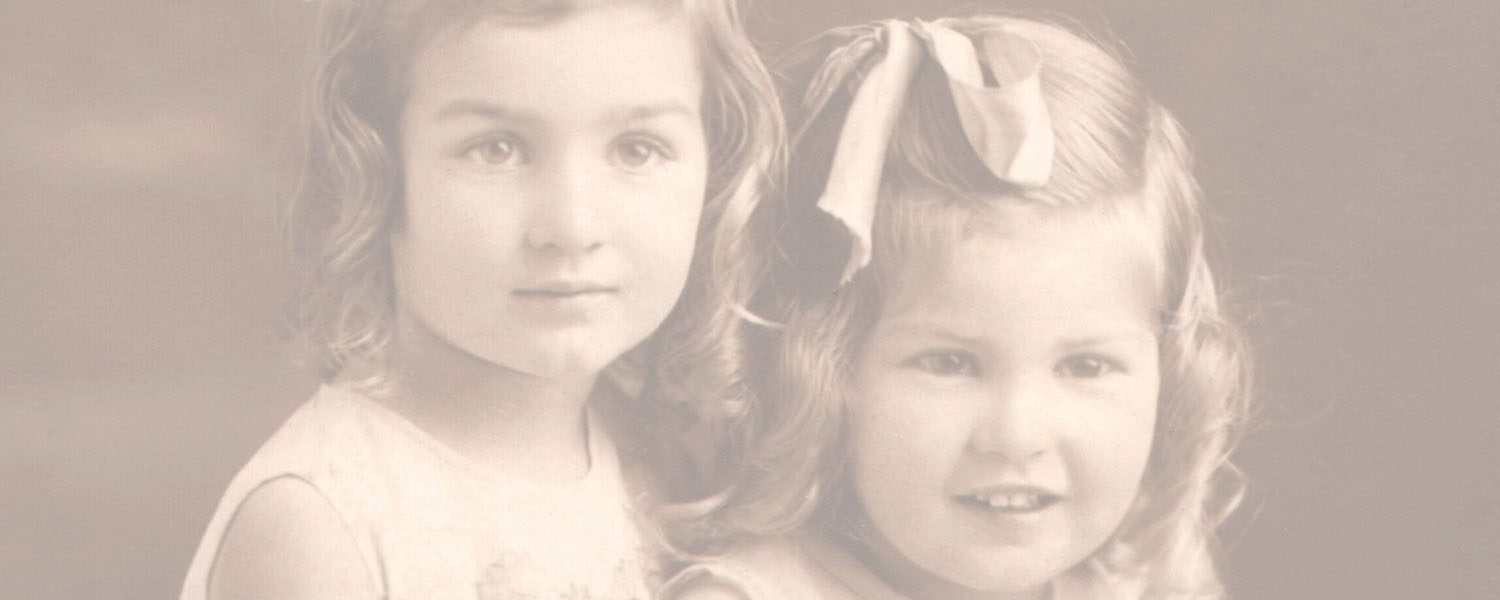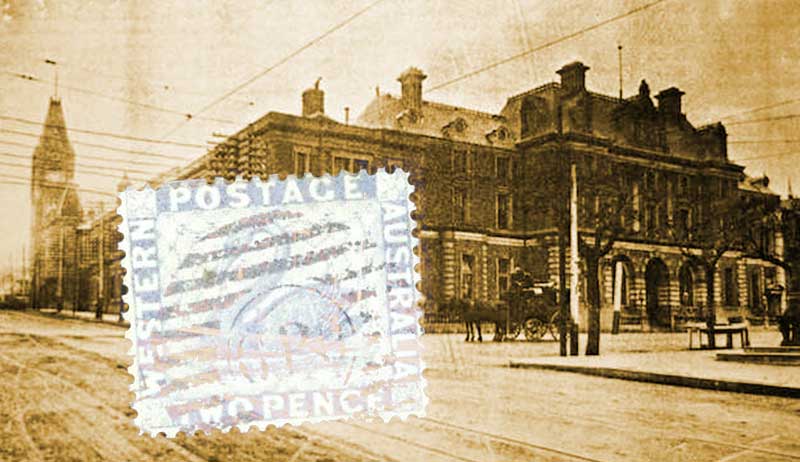“Finally, a loud, long-continued whistling was heard from the bush where now is Leederville. Later it sounded from about West Perth, and owing to a temporary break in the line the engine remained there some time, occasionally whistling to let the waiting crowd know it would be soon coming along.
“There you are!” roared Drewy Dyson, who had been one of the most consistent pessimists; “it’s lost in the bush. Listen to it coo-ee-ing” ! ! !”
Sunday Times (Perth, WA : 1902 – 1954) Sunday 20 December 1914 page 8
Nothing kills a joke like having to explain it…
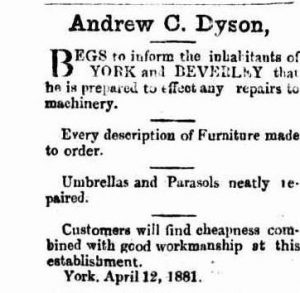
The story of Drewy Dyson and the locomotive engine lost in the bush is undoubtedly utter fantasy. Its also the most re-published story of Drewy, retold at least five times in the pages of the Sunday Times between 1914 and 1932. The signs of the pen of Dyson’s old friend “Dryblower” Murphy is all over this tale, set thirty-three years before it was first presented. At the time of the the rail line’s formal opening in March 1881, Drewy was most likely not even in Perth. He was then aged twenty-three, newly married, and wreaking havoc in the inland town of York, where he had recently completed his apprenticeship. He was about to start up his first business venture on his own account.
There was, of course an actual Dyson connection with the new railway (You knew there had to be, didn’t you?) The contractor who built the original Perth station building was a Mr Thomas Smith. No less than two of Smith’s sons were married to sisters of Drewy. John Thomas Smith was a carpenter, and was married to Drewy’s half-sister Ellen (from his mother’s first marriage). His full sister Hannah had been married to Charles Henry Smith. They had separated messily back in 1877. C. H. Smith was an undertaker by trade. Many years later Drewy would be an undertaker by notoriety…
I guess its not impossible Drewy was present on a trip in from the country. This idea is supported in the second telling of the tale:
LOST.
The recent alterations at the Subiaco railway crossing recalled the story of the opening of the line from Fremantle to Perth, and subsequently on to Guildford.The local cockies, and other inhabitants had but a vague idea of how a line and locomotives, worked, and spent much rime[sic] arguing the point, very few going down the line to see how it was getting on.
One section reckoned from what they’d seen in pictures the engine would choke itself with coal-dust, while another group estimated that no rails such as they saw could hold iron wheels on (they were used to deep bush ruts and calculated accordingly). A third section who mostly lived up at where now is Chidlow’s Well, Northam and elsewhere, and had never seen a yard of line laid, hung on to the theory that the engine and a train couldn’t possibly dodge the trees and would get bushed!
When the eventful day arrived when the little locomotive and a few box carriages were to dash in from Fremantle at a breakneck speed of about 7¼ miles per hour, the fences, sheds, gravel heaps, and trees in the vicinity of what is now the Perth Central Station, was cocky-clustered in dense masses of fully fifty. The majority had come into Perth the night before per. bullock dray, brumby, and other means, and were impatient to behold Puffing Billy.
About midday the train reached what now is West Perth, having started out of Fremantle early in the morning, a few rail-jumps and other troubles having delayed it. As a sign of joy as it left West Perth, and as a signal of success, the engine emitted several furious blasts.
Sunday Times (Perth, WA : 1902 – 1954) Sunday 10 October 1915 page 8s
The cockies listened to the toots for a few moments.
“There you are!” grunted Drewy Dyson. “I knew she’d get lost. Listen to her coo-eeing in the bush! ! !”
On the third telling, the cast of characters expands and the fictional origin of the tale becomes a little clearer. Horace Stirling and father join the narrative and the owner and editor of the Perth Inquirer paper and the Daily News couldn’t represent a fact straight if it ran over them.
LOST.
And old picture of Perth that has just drifted in recalls a very early day happening.
The faded photograph shows the Turning of the First Sod of the Perth-Fremantle railway, and is a splendid memorial of bygone days.The picture shows a collection of cottages, gardens, etc, where now is the busy Central Station and Wellington, Beaufort, Roe and William streets, the Pinjarra Volunteer Cavalry and an assemblage of the populace and civic dignitaries being seen.
During the time the railway was being pushed into Perth no engine or carriage was in the State, the line being gauged by a construction truck pushed along as the line proceeded.
“How will this locomotive, as you call it, find its way through the thick trees down around Karrakatta,” demanded half the natives of Perth, that portion of the country between here and Fremantle being densely wooded.
“The line will bring it along,” explained Horace Stirling, a young man then who had in Melbourne, Adelaide and Sydney seen any amount of iron horses.
The populace, however, regarded the small rails as fences, and could not see how they would keep the engine and carriages IN, as if they were fences.
“Is there any chance of her getting lost in the scrub, Mr. Stirling?” asked Drewey Dyson of the dad of Horace S.
Stirling senior explained again the mode of laying the rails and the general procedure thereof.
One day they clanged the old town fire bell to let the people know that the first train would arrive in Perth on the following day.
A huge crowd” of several hundreds assembled to welcome in the first engine and a couple of carriages containing the then Governor and Administrator—Broome.
“At exactly noon a faint whistle was heard.
The train had reached where now is Leederville.
Ten minutes later another heart-rending shriek emanated from a bit further along, where now is West Perth.
It stayed there a while, to receive the congratulations of the ancestors of Pat Hughes and a few others, and then, amid a salvo of escaping whistle steam, it essayed to again move along.
West Perth was then all scrub and trees, and the huge crowd of 250 in Perth listened in wondering incredulity.
“There you are!” bellowed young Drewey Dyson, as he heard the short, shrieking whistle, “I said she’d get lost. I can hear her coo-eeing in the bush!”
Sunday Times (Perth, WA : 1902 – 1954) Sunday 6 June 1920 p 4S
The story survived even Drewy’s own demise in 1927, while at the same time elaborating and entrenching his part in the tale. Version 4:
“LOST!”
Apropos of a story elsewhere, and also as the Town Hall last week held souvenir photos and sketches of the opening of the Perth-Fremantle railway, a story.
In the year 1881, when the line from Fremantle to Perth was at last completed, a public holiday was proclaimed to mark the coming of the Iron Horse.
The rails had been laid right from the Port to the metropolis, a small gauge truck, pulled by a horse, being used to get the rail paralleled correctly.
The grades had all been made correctly, bridges built, cuttings and embankments made, and all was ready for the steam locomotive and its two trucks and a carriage load of distinguished citizens, officials, visitors, etc
Where now is the Central Station had gathered (for those days) a huge crowd, the fences, sheds, trees, poles, etc, being fully occupied.
Never having seen a real steam locomotive and a train, the indigenous Gropers, always used to horse teams, argued long and loud as to how it could keep from getting tangled up in the trees, the mystery of the flanged wheel not being then known to the younger inhabitants thereabouts.
“How long is a train?” asked several of the local youths.
They were told an average train would be about 100ft. or 150ft long.
Those who had never seen a train, but had seen drays, waggons, etc., with two to twelve horses in line, scoffed in scorn.
“Bet you it gets tangled up in the scrub!” said one.“Bet you it gets bushed down near Butler’s Swamp” (now Claremont), said another (history made it the late Drewey Dyson who was so cocksure of the train’s failure).
Eventually the train puffed out of Fremantle, over the bridge, past Butler’s Swamp, up the grade where now is West Leederville, and finally ran down the long grade into where is situated the West Perth station.
As it entered the last lap of its journey to Perth, the engine, with its vehicles behind, still shrouded by the then thick scrub, set up a series of whistle blasts, long and short, regular and irregular, drawn out and staccato.
The crowd at Perth could see nothing of the exhaust steam, the day being hot, but it could clearly hear the whistling.
Sunday Times (Perth, WA : 1902 – 1954) Sunday 22 September 1929 p6S
“There you are!” excitedly yelled Drewey Dyson, “what did I tell you? She’s lost. Hear her coo-ee-ing away down there in the scrub!”
By 1932, Drewy Dyson was just a memory, once a participant, now just the reputed story teller. Every version of the story was slightly different, so like a colonial Rashomon, I reproduce all the versions I have found so far, here for you… Version 5:
COO-EE.
The story of Mrs. Agnes Reeve concerning how she kept the Stirling street railway crossing gates 40 years ago, near where now is this office, recalls the opening of the line from Fremantle to Perth. The late Drewey Dyson and the also demised Horace Stirling both revelled in telling the story.When, the line was being laid, a gauge truck being used to get the proper width of the rails, the natives of Perth, who had never seen a railway train, wondered how the same could possibly dodge through the trees. When told a train of engine and carriages would be approximately 150 feet long, and as they had had acquaintance only with horse-drawn waggons, they wondered how such a line of vehicles would get along in and out the gum trees and scrub.
The day arrived, and a thousand-odd men; women, and children were assembled where now is the central station, and the horseshoe bridge.
Those who had seen a train in England endeavored to tell those who hadn’t something of the wonders of the iron horse, but it was in vain.
How was she to get through the trees and scrub?
“I’ll bet she gets lorst comin’ along’ by Butler’s Swamp,” said one, “Butler’s Swamp” now being Claremont.
“I beleeve you’re right. Bill,” said another. “But we’ll see—an’ ‘ear.”
By and by a long, plaintive whistle was heard away down where now is West Perth.
It was repeated.
And repeated again.
It was the loco. engine whistling or trying to whistle “Cock-a-doodle-doo!”
“There you are!” excitedly yelled one of the bystanders. “There you are! She’s lorst! You can hear her coo-eeing in the bush!”
Sunday Times (Perth, WA : 1902 – 1954) Sunday 10 July 1932 p 4S
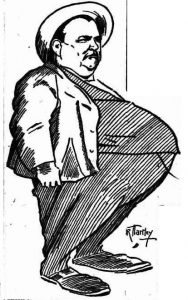
Boom Boom!

